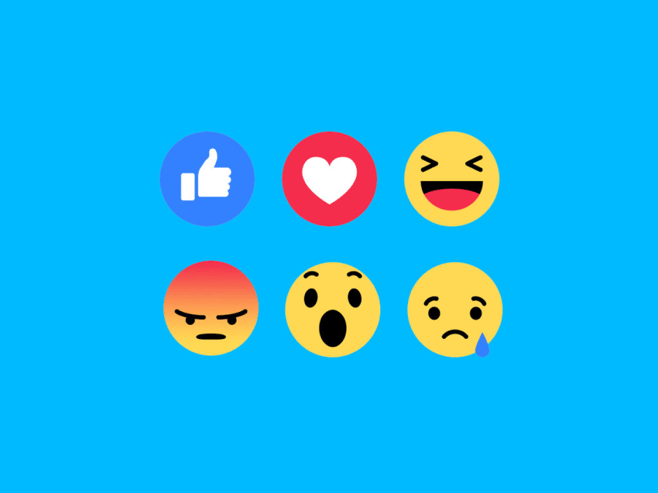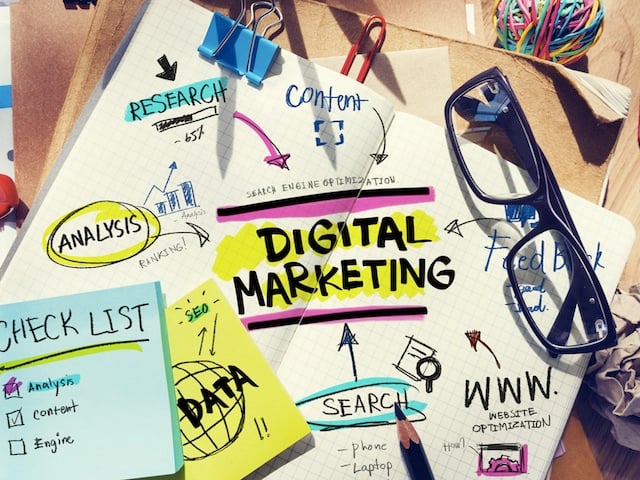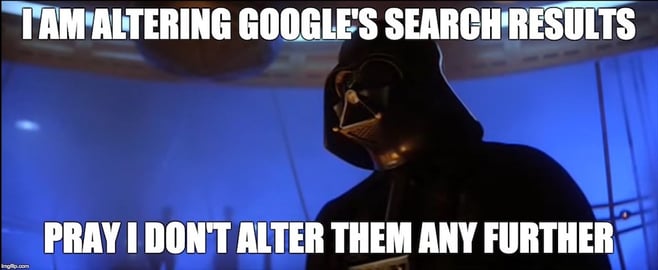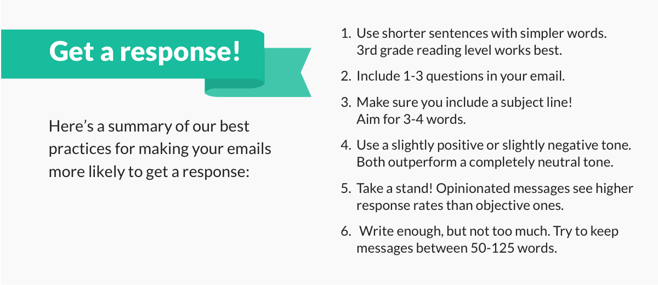

5 Digital Bites Before Breakfast: On Facebook’s New Reactions, Search Intent + Social Media, Google’s New SERP Layout, Social Marketing in Q4 2015, and Getting Better Email Response Rates


Finally, we can do more than just “Like” a Facebook post!
Facebook now has six new reaction emojis (including a revamped “like” icon) to express your feels to a post. So far user reactions have ranged from suggestions for more useful reactions (NSFW!) to speculations of hidden agendas.
It'll be a while before marketers can glean useful customer insights from these new reactions (do more “loves” than “likes” mean deeper customer satisfaction?). Meanwhile, marketers are using consumers’ search intent by applying it to social marketing campaigns. Speaking of search, would Google’s new SERP layout change search marketing strategies? Getting positive Social Media ROI is on the lips and minds of more than half of APAC marketers recently surveyed by Forrester. Finally, get more responses to your emails -- courtesy of Boomerang.
1) Meet the New Facebook Reactions

Joining the revamped “like” icon, are new reactions “love,” “haha,” “wow,” “sad,” and “angry”.
Why just six reactions? Facebook chose them by analysing a subset of Facebook users on their platform usage. They also looked at frequently used stickers, emojis, and even comments.
In fact, Changi Airport Group has started to use the new Facebook reactions to garner customer feedback on its toilets. It’ll be interesting to see how marketers use Facebook users' varied reactions to inform their marketing strategies.
>> Originally from Wired
Image source: Wired
Shared by Krystal, Digital Marketer
2) Applying Search Intent to Social Marketing

Recent research by Kenshoo suggests that Facebook advertising when paired with paid search gets 30% better returns on ad spend! How can marketers use this finding? Some have started to leverage the intent of consumer searches by applying it to social marketing campaigns. In a nutshell, it means:
When a consumer searches for a product or service on a search engine, they’re expressing intent to purchase. By taking that expressed intent and serving ads for those products/services on social networks to re-engage consumers, marketers increase the likelihood of consumers completing the transaction.
If that means goobledygook, the nice case study in the link will help to clear things up.
>> Originally from Adweek
Image source: Adweek
Shared by Charan, Managing Partner
3) Who Gains and Who Loses from Google’s New SERP Layout?

On 19 Feb 2016, Google rolled out a new SERP layout to desktop computers. The industry was ablaze with excitement and speculation on how it would affect paid search.
It's probably too early to talk about the impact of this change right now, but we're sure that SEO and PPC teams in media agencies will be scrambling to find out, keep up and exploit any leverage that they could get.
What's your take on this?
>>Originally from Search Engine Land
Image source: Search Engine Land
Shared by Ying Yi, Content Marketer
4) Forrester’s Q4 2015 Asia Pacific Social Marketing Online Survey

Most noteworthy findings from Forrester's Q4 2015 Survey:
-
APAC marketers are moderately happy with their social marketing tactics, giving themselves an average satisfaction score of 3.43/ 5.
-
Achieving a positive ROI stands out as one of the biggest challenges for marketers
We agree that measuring ROI is a big challenge among marketers . Marketers tend to focus on vanity metrics like the numbers of likes, shares, retweets etc. instead of metrics that truly matter like Customer Acquisition Cost. More information on essential marketing ROI metrics and how to calculate them can be found in our eBook.
>> Originally from Marketing Interactive
Image source: Wilfred Iven @ StockSnap.io
Shared by Ying Yi, Content Marketer
5) How to Get More Responses to Your Emails

Chew on these stats:
-
Email reaps a staggering ROI of 4, 300%. For every $1 you spend, you get $43 of returns.
-
Email is immensely more effective in getting customers than social media; garnering almost 40 times more than Facebook and Twitter combined.
So don't write off email marketing from your marketing campaigns. In fact, it's time to learn how to write better emails with these 7 tips for getting more responses to your emails (courtesy of the good folks at Boomerang).
>>Originally from Boomerang
Image source: Boomerang
Shared by Dave, Project Manager
Want more digital news? Check out the rest of our 5 Digital Bites b/f Breakfast series!
Credits & Sources
Header image: Nancy Young @ StockSnap.io
More insights